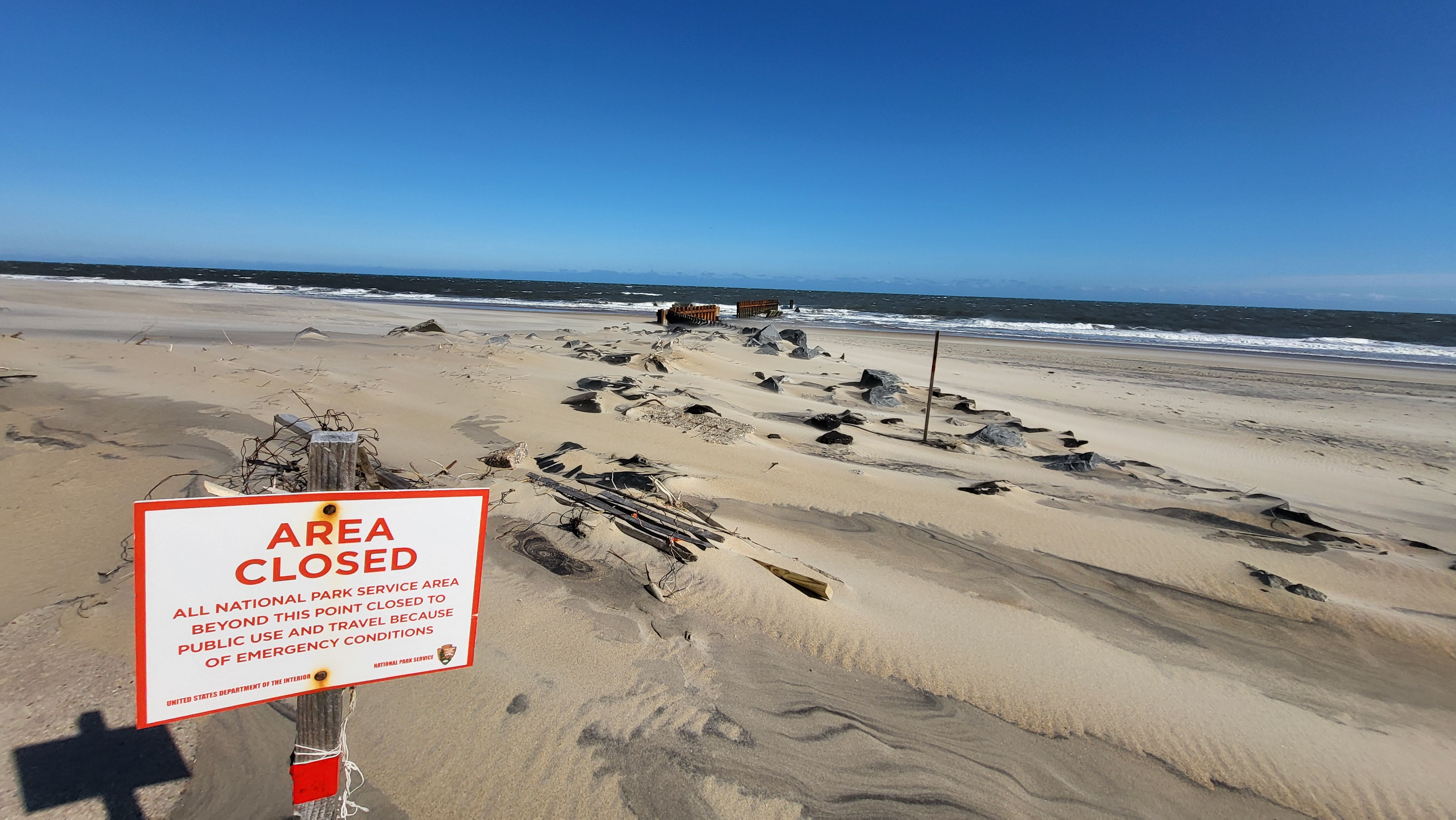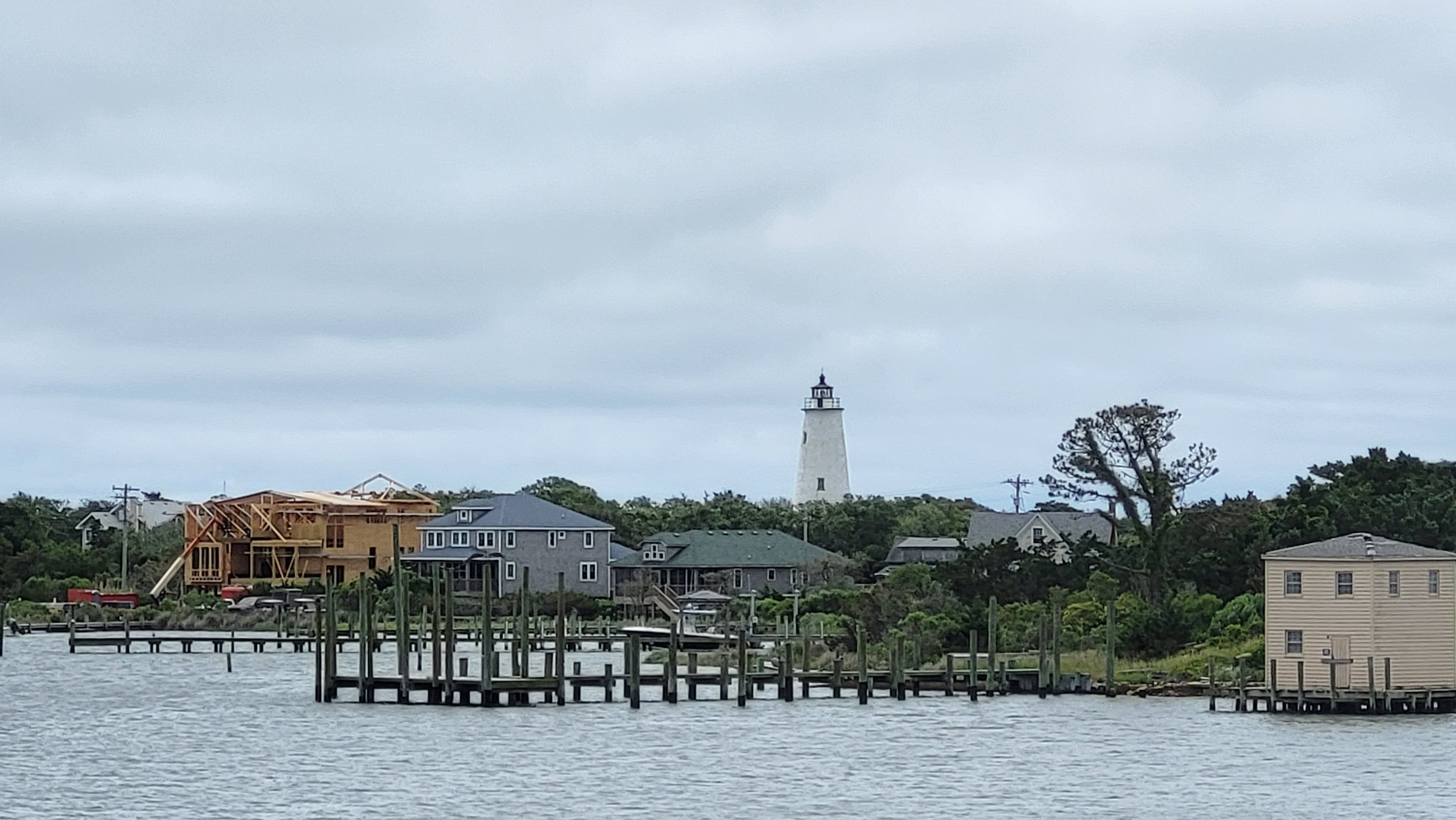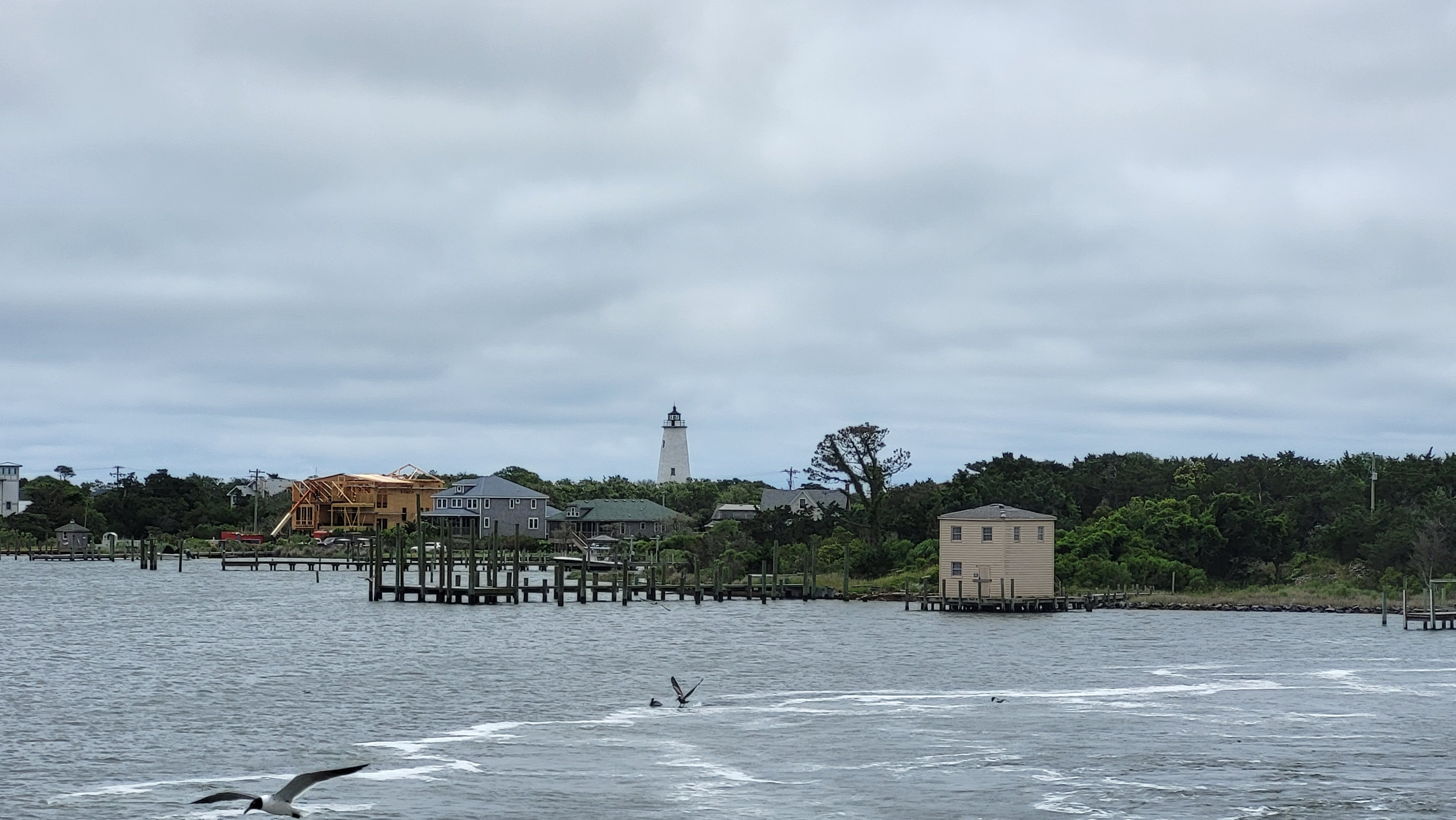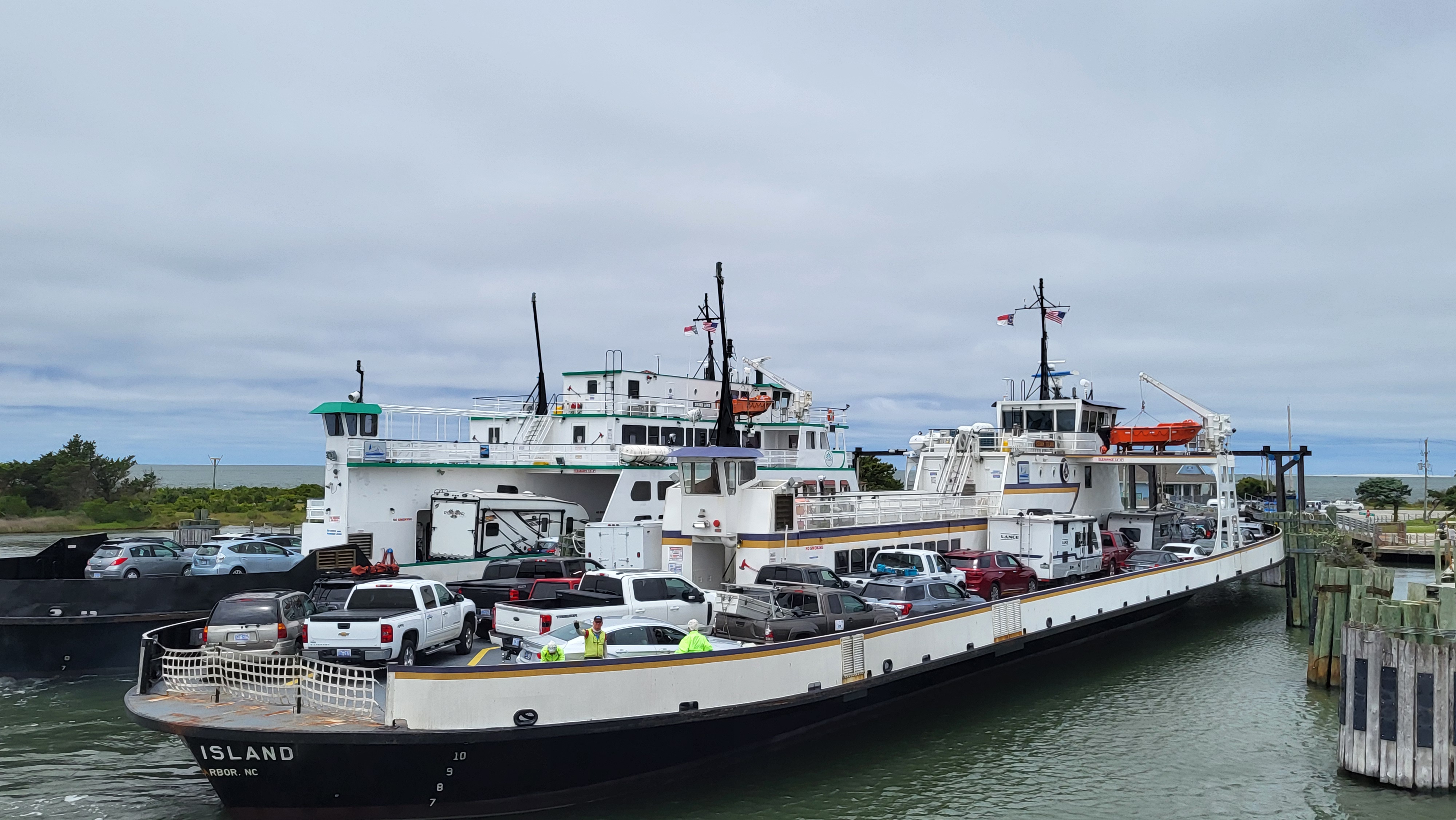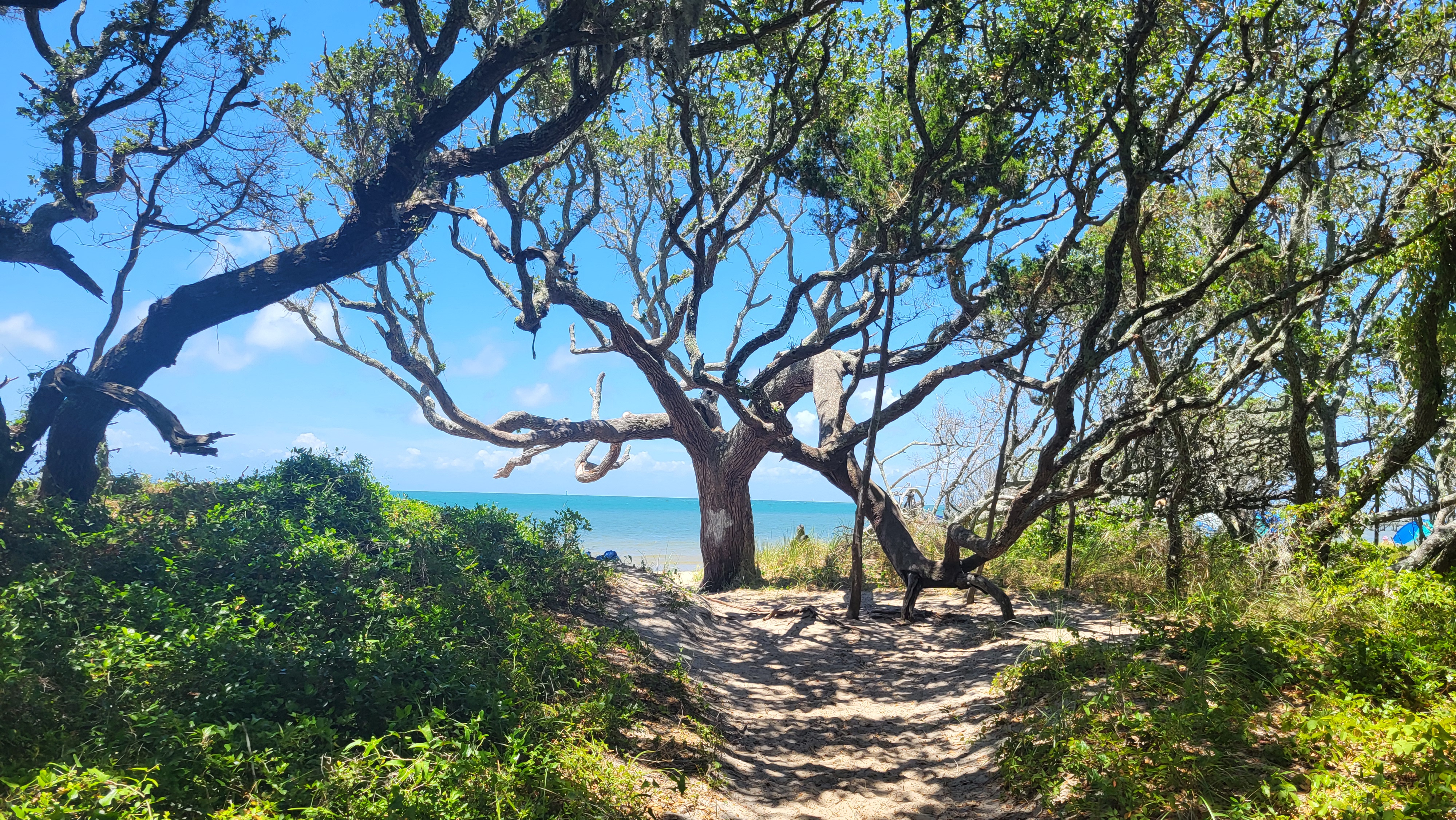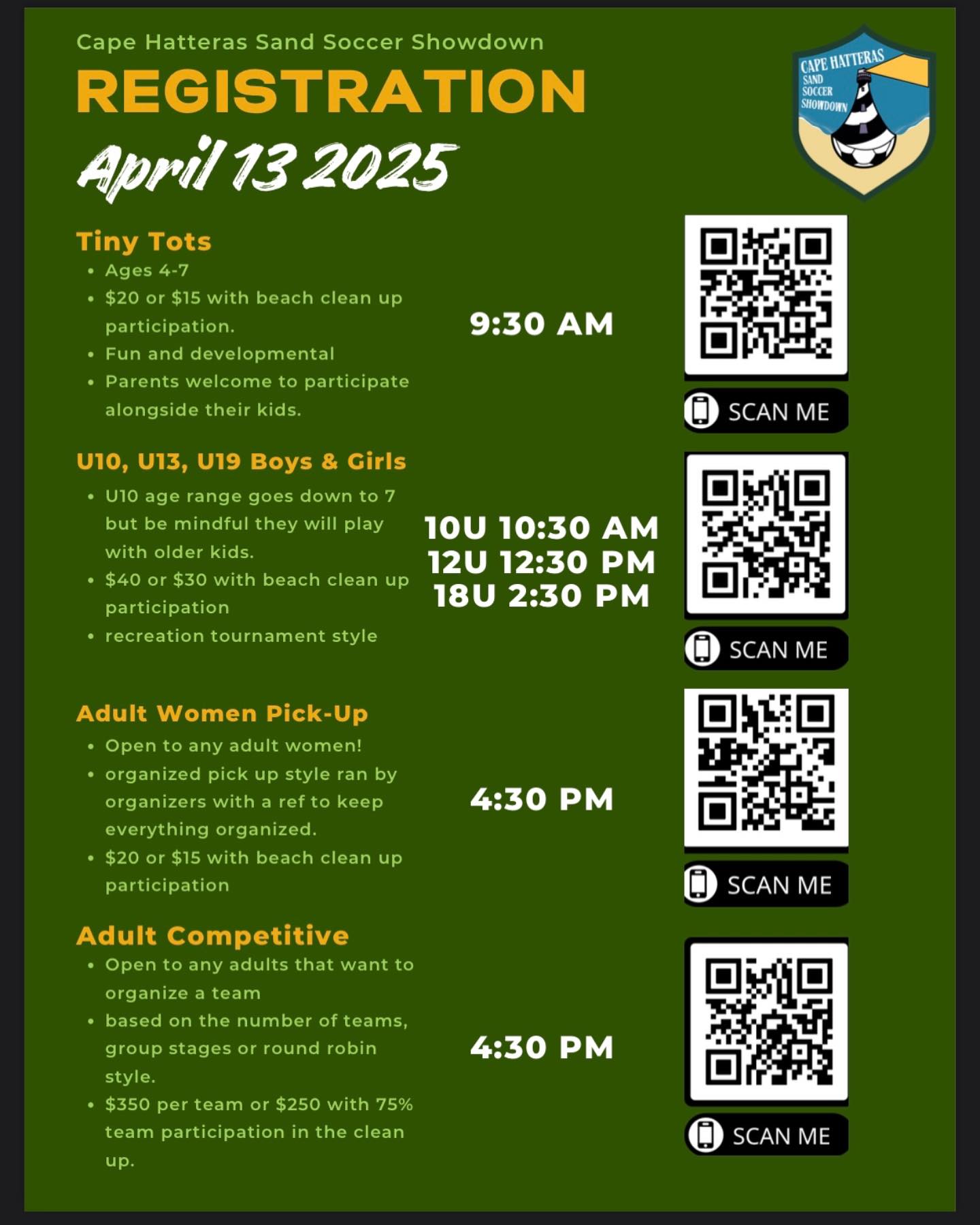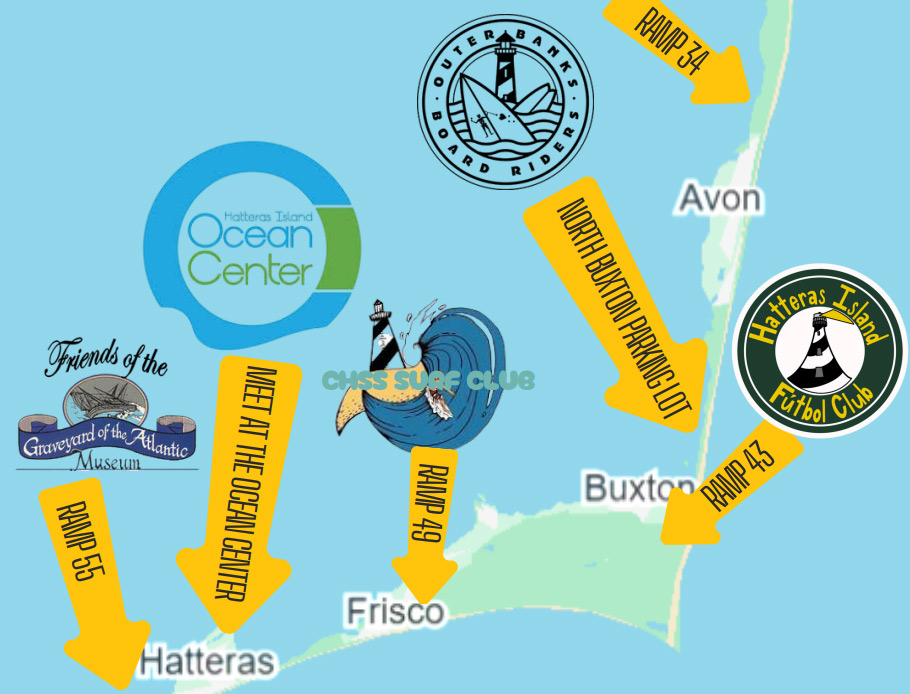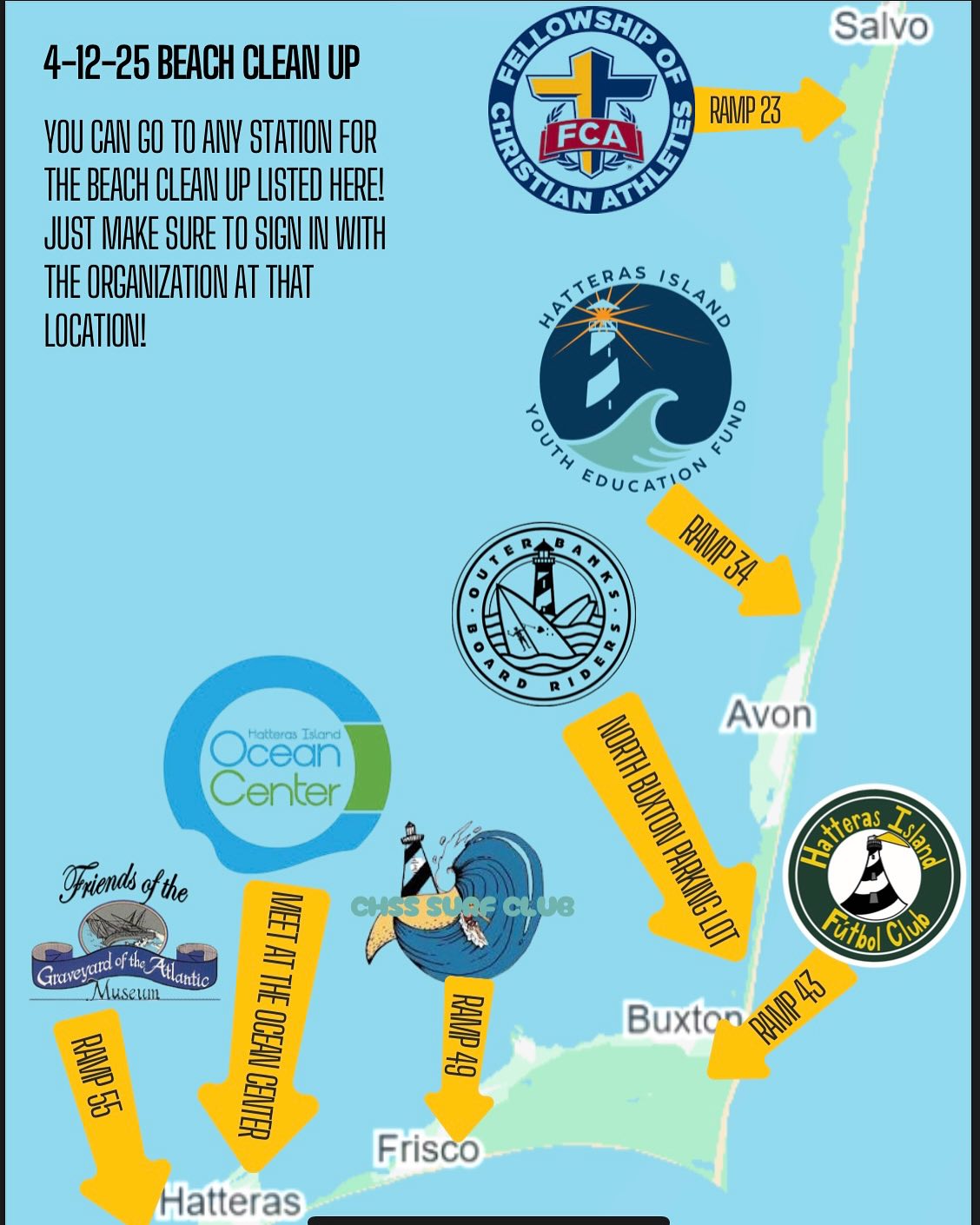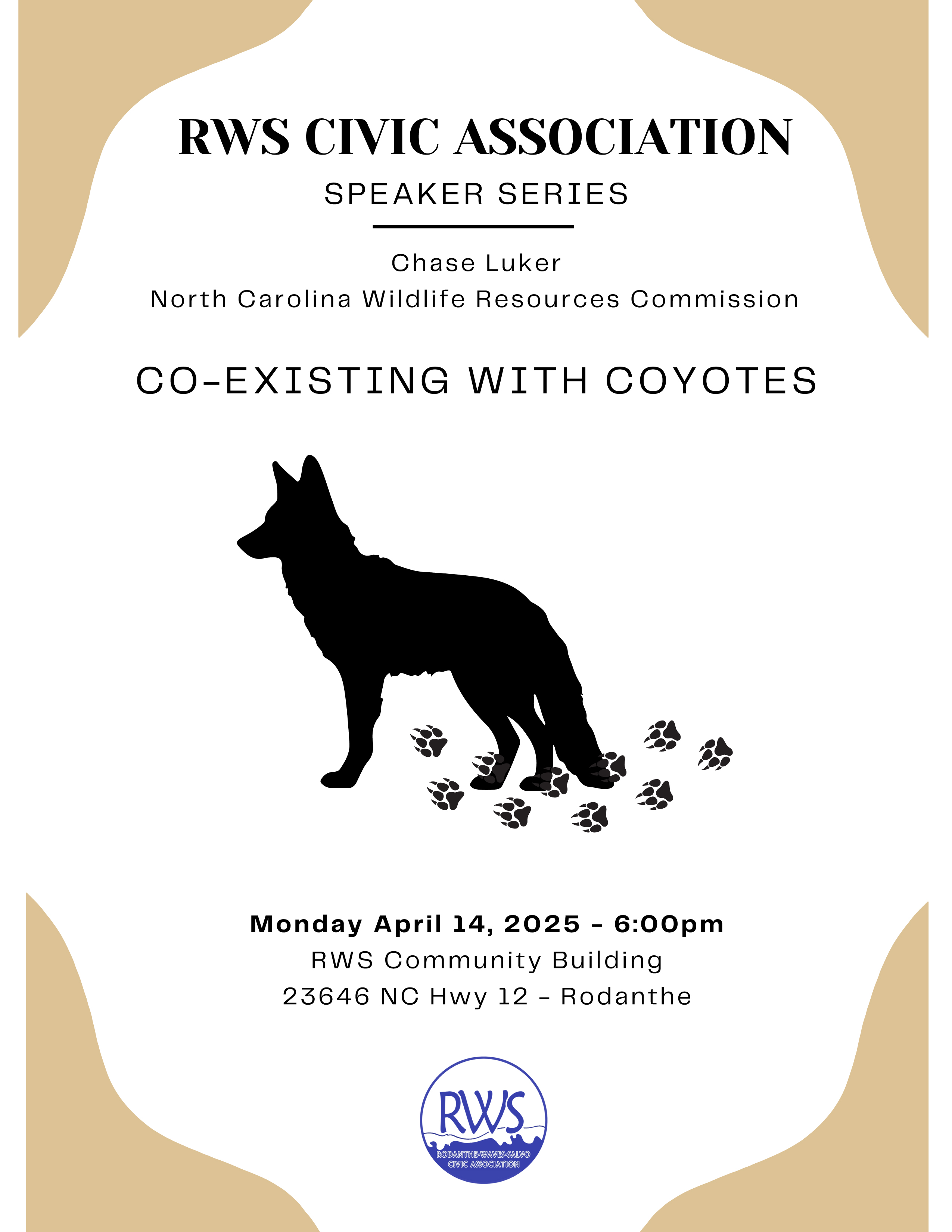Night Sky: BIG Planets and Other Night Sky Highlights for June 2018
Jupiter is the biggest planet in our solar system. Its diameter is about 87 thousand miles–that’s about 11 times larger than Earth’s! Jupiter is also about five times further from the sun than the Earth. The composition of Jupiter is about 90% hydrogen, 9% helium and it has small amounts of other elements. Its size and make-up more than justify it being called a “gas giant.”
Jupiter is easy to spot on a clear night in June. Right after sundown, look to the east and scan for a very bright “star.” Chances are, you have found Jupiter. If you have access to a pair of binoculars or a small telescope, there’s a good chance you might be able to see one or more of its four Galilean moons. These moons – (Io, Europa, Ganymede, and Callisto) -were discovered by the famous astronomer, Galileo Galilei, in 1610 using a homemade 37mm (about 1.5”) refractor telescope. In recent years, the number of moons known to be orbiting Jupiter has increased. In 2009 it was believed to be 53. The latest count is 69.
Saturn, the 2nd biggest of our “Gas Giants,” will rise in the east around 10:00 p.m. If you want to get your kids hooked on astronomy, Saturn is a great place to start. Nothing seems to catch the imagination quite as much as viewing the famous ringed planet through a telescope.
Saturn’s diameter is about 72 thousand miles, making it about nine times larger than Earth. It has 62 moons and a composition that is similar to Jupiter’s. Saturn is about 9.5 times further from the Sun than we are.
What to look for in June 2018.
All of the planets will be in the night skies on June 1.
If you’re up and looking for something to do before sunrise, the early morning skies can offer some very good views of the planets.
Jupiter sets in the west at about 4:30 a.m. on the morning of the June 1. It’s the third brightest object in our night skies, (right behind the moon and Venus), so it makes a very beautiful morning star.
Look for Mercury near the Eastern horizon just before sunrise (5:48 a.m.) If you are up that early, you can also get a good view of Saturn just above the Western Horizon. Mars will be visible almost overhead. If you have some good binoculars or a telescope, you might be able to find Uranus and Neptune too! Both planets can be found on the Ecliptic in the Eastern half of the sky. Uranus will be near the eastern horizon while Neptune will be close to overhead.
Venus will be visible near the western horizon right after sunset. It will set around 10:50 p.m. With a -4 visible magnitude, it will be beautiful.
Jupiter will be visible right after dusk, a little ways above the eastern horizon. Saturn will rise around 10:00 p.m. followed by Mars at midnight.
There aren’t any major meteor showers in June, but you never know when you might see a shooting star on a clear summer night!
Moon Phases:









